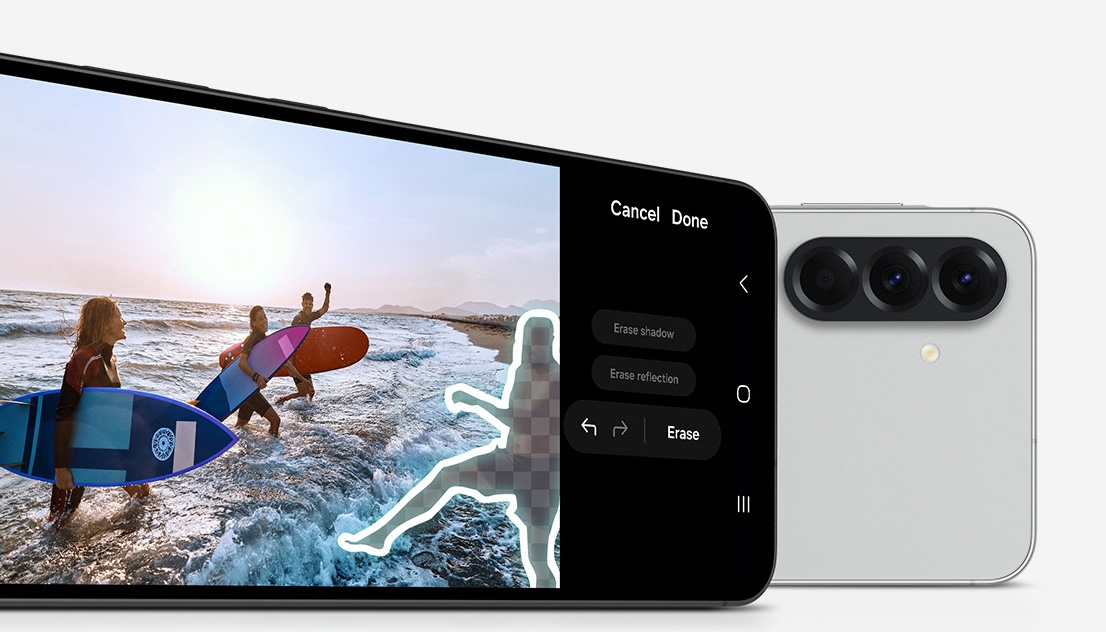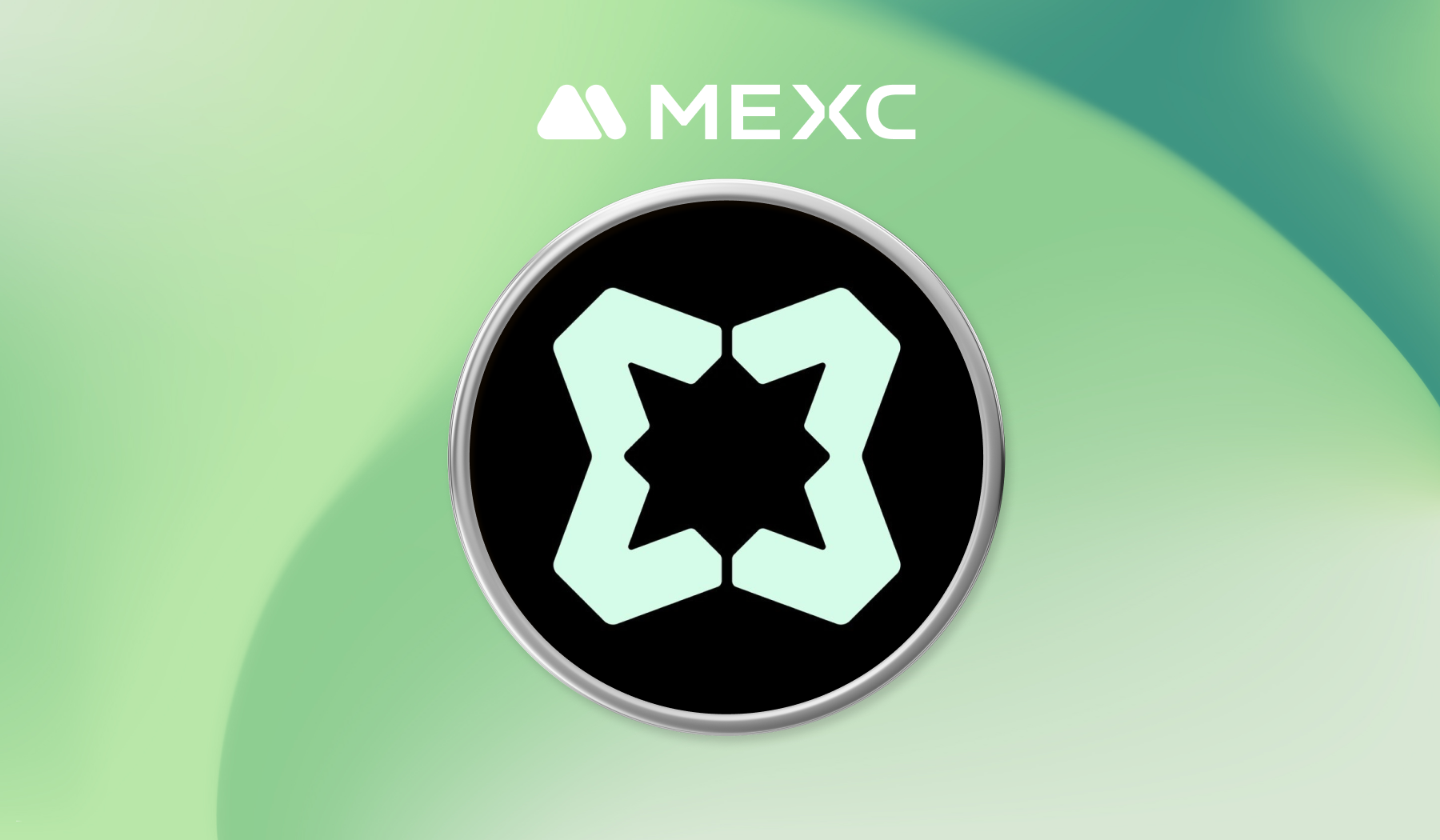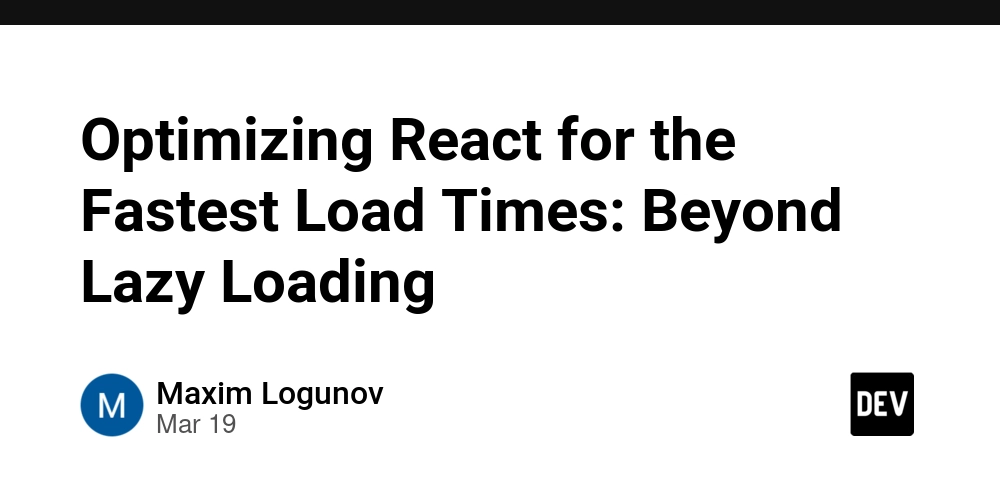Implementing Buttery-Smooth Infinite Scroll in Vue 3 with Composables
In my previous guide we covered combining filters, sorting, and infinite scrolling in Laravel, Inertia.js v2, and Vue 3. In this guide, let's tackle a pure Vue 3 solution for infinite scrolling. Think of this as the "vanilla JavaScript" approach to infinite scroll - more flexible, more powerful, and surprisingly elegant when done right. Why Use Composable? Infinite scrolling seems simple until you consider: Network request management Scroll position restoration Memory efficiency Error handling Observer cleanup Our composable will handle all these concerns while remaining flexible enough to drop into any component. It's like building a well-oiled machine that quietly does its job in the background. The Laravel Backend First, let's set up our Laravel endpoint. We'll keep it simple:

In my previous guide we covered combining filters, sorting, and infinite scrolling in Laravel, Inertia.js v2, and Vue 3.
In this guide, let's tackle a pure Vue 3 solution for infinite scrolling.
Think of this as the "vanilla JavaScript" approach to infinite scroll - more flexible, more powerful, and surprisingly elegant when done right.
Why Use Composable?
Infinite scrolling seems simple until you consider:
- Network request management
- Scroll position restoration
- Memory efficiency
- Error handling
- Observer cleanup
Our composable will handle all these concerns while remaining flexible enough to drop into any component. It's like building a well-oiled machine that quietly does its job in the background.
The Laravel Backend
First, let's set up our Laravel endpoint. We'll keep it simple:
namespace App\Http\Controllers;
use App\Http\Resources\PostResource;
use App\Models\Post;
use Illuminate\Http\Request;
class BlogController extends Controller
{
public function index(Request $request)
{
if ($request->wantsJson()) {
$posts = Post::paginate(12);
return response()->json([
'posts' => PostResource::collection($posts),
'meta' => [
'has_more' => $posts->hasMorePages(),
'current_page' => $posts->currentPage(),
],
]);
}
return Inertia::render('Blog/Index');
}
}
Key Points:
- Classic pagination with Eloquent
- Resource transformation for consistent API responses
-
has_moremeta field is our stop signal - Clean separation between HTML/JSON responses
The Infinite Scroll Composable
Here's our workhorse - the useInfiniteScroll composable. This is where the magic happens, think of it as your personal scroll concierge:
// Composables/useInfiniteScroll.ts
import { ref, Ref, onMounted, onBeforeUnmount, watch } from "vue";
import axios, { CancelTokenSource } from "axios";
type InfiniteScrollOptions<T> = {
initialData: T[];
apiUrl: string;
dataKey: string; // Key for nested data (e.g., 'posts')
pageParam?: string;
metaKey?: string;
getParams?: () => Record<string, any>;
observerOptions?: IntersectionObserverInit;
};
type InfiniteScrollReturn<T> = {
data: Ref<T[]>;
isLoading: Ref<boolean>;
error: Ref<string | null>;
hasMore: Ref<boolean>;
currentPage: Ref<number>;
sentinelRef: Ref<HTMLElement | null>;
loadMore: () => Promise<void>;
reset: () => void;
};
export function useInfiniteScroll<T>({
// Configuration defaults
initialData = [],
apiUrl,
dataKey,
pageParam = "page",
metaKey = "has_more",
getParams = () => ({}),
observerOptions = {
root: null,
rootMargin: "0px",
threshold: 0.1, // 10% visibility triggers load
},
}: InfiniteScrollOptions<T>): InfiniteScrollReturn<T> {
// Reactive state management
const data = ref<T[]>(initialData) as Ref<T[]>;
const isLoading = ref(false);
const hasMore = ref(true);
const error = ref<string | null>(null);
const currentPage = ref(1);
const sentinelRef = ref<HTMLElement | null>(null);
const cancelTokenSource = ref<CancelTokenSource | null>(null);
let observer: IntersectionObserver | null = null;
// Core data loader
const loadMore = async () => {
if (!hasMore.value || isLoading.value) return;
isLoading.value = true;
error.value = null;
try {
// Cancel previous request
if (cancelTokenSource.value) {
cancelTokenSource.value.cancel();
}
// Create new cancellation token
cancelTokenSource.value = axios.CancelToken.source();
const response = await axios.get(apiUrl, {
headers: { Accept: "application/json" },
params: {
...getParams(),
[pageParam]: currentPage.value,
},
cancelToken: cancelTokenSource.value.token,
});
// Data extraction (supports nested responses)
const newData: T[] = response.data[dataKey]?.data || response.data[dataKey];
if (!newData || newData.length === 0) {
hasMore.value = false;
return;
}
// Update state
data.value = [...data.value, ...newData];
hasMore.value = response.data.meta[metaKey];
currentPage.value += 1;
} catch (err) {
if (!axios.isCancel(err)) {
error.value = axios.isAxiosError(err)
? err.response?.data?.message || err.message
: "Failed to load more data.";
console.error("Error loading more data:", err);
}
} finally {
isLoading.value = false;
cancelTokenSource.value = null;
}
};
// Observer setup
const initializeObserver = () => {
if (!sentinelRef.value) return;
observer = new IntersectionObserver((entries) => {
entries.forEach((entry) => {
if (entry.isIntersecting && hasMore.value && !isLoading.value) {
loadMore();
}
});
}, observerOptions);
observer.observe(sentinelRef.value);
};
// Cleanup crew
const cleanup = () => {
observer?.disconnect();
if (cancelTokenSource.value) {
cancelTokenSource.value.cancel("Component unmounted");
}
};
// Reset to initial state
const reset = () => {
data.value = initialData;
hasMore.value = true;
currentPage.value = 1;
error.value = null;
};
onMounted(() => {
initializeObserver();
// Re-initialize observer if sentinelRef changes
watch(sentinelRef, (newVal, oldVal) => {
if (oldVal) observer?.unobserve(oldVal);
if (newVal) initializeObserver();
});
// Initial load if empty
if (data.value.length === 0) {
loadMore();
}
});
onBeforeUnmount(cleanup);
return {
data,
isLoading,
error,
hasMore,
currentPage,
sentinelRef,
loadMore,
reset,
};
}
Using the Composable in Components
Here's how you'd implement it in a Vue component:
<script setup lang="ts">
import { useInfiniteScroll } from '@/Composables/useInfiniteScroll';
type Post = {
id: number;
title: string;
// ...
}
const {
data: posts,
sentinelRef,
isLoading,
error,
loadMore,
} = useInfiniteScroll<Post>({
initialData: [],
apiUrl: route('blog.index'), // Dynamic URL
dataKey: 'posts', // Matches backend response
});
script>
<template>
class="post-feed">
v-for="post in posts"
:key="post.id"
class="post-card"
>
{{ post.title }}
v-if="post.media"
:src="post.media.url"
:alt="post.media.alt"
>
{{ post.excerpt }}
v-if="isLoading" class="loading-indicator">
class="spinner"> 















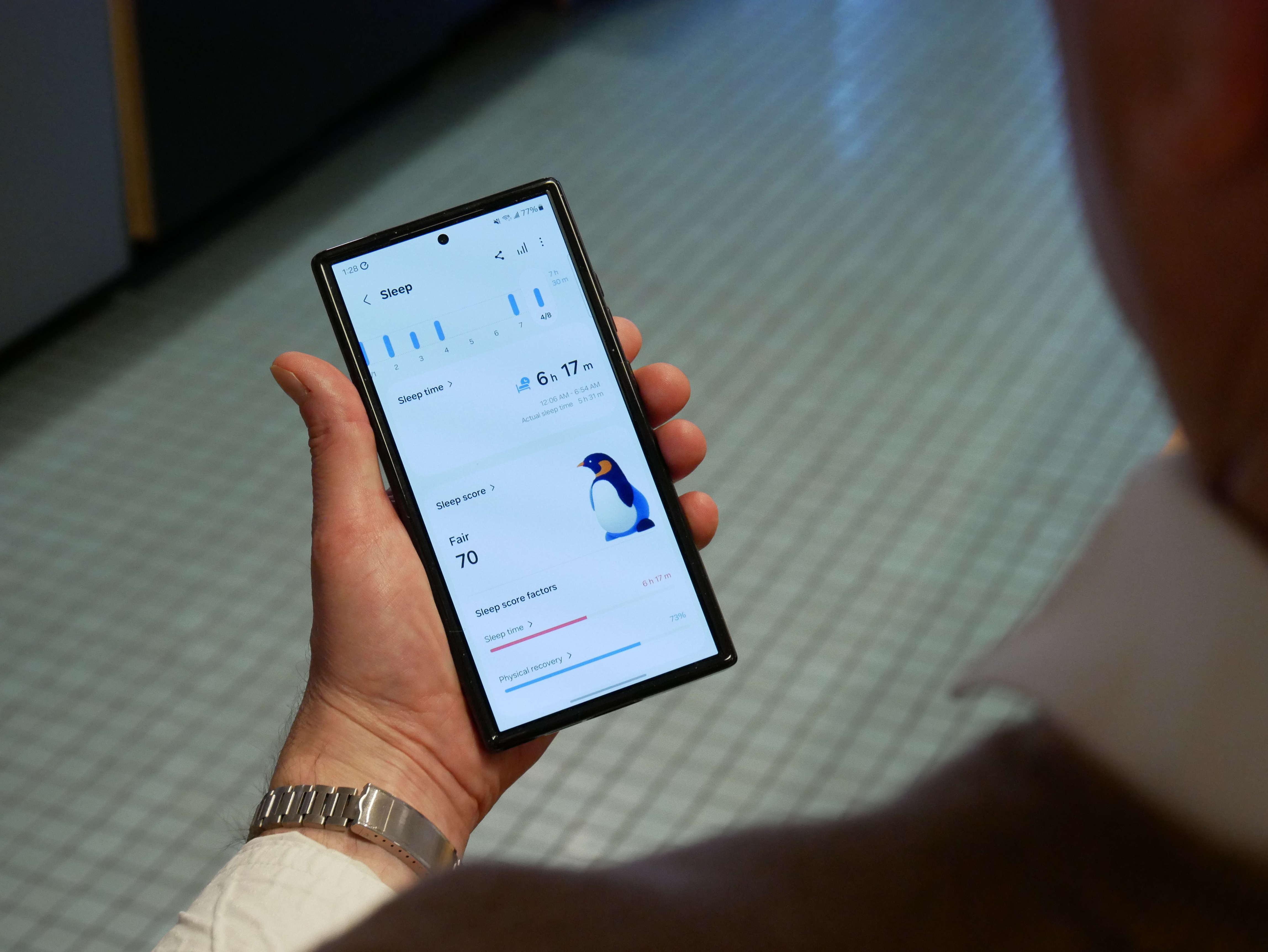






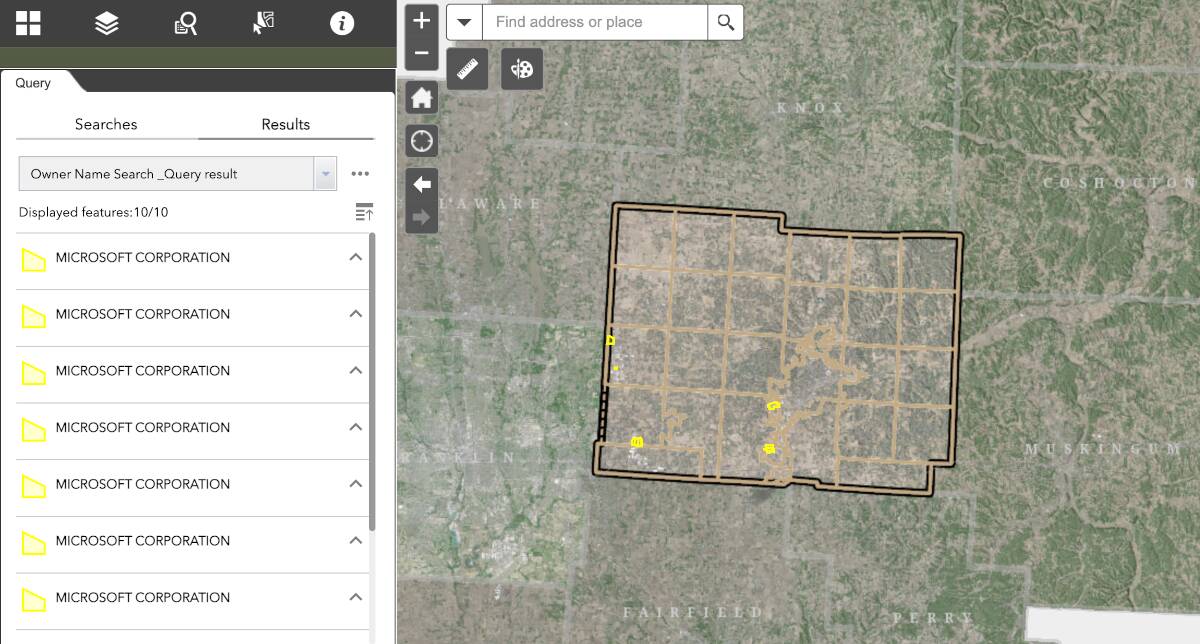


















































































































































![[The AI Show Episode 143]: ChatGPT Revenue Surge, New AGI Timelines, Amazon’s AI Agent, Claude for Education, Model Context Protocol & LLMs Pass the Turing Test](https://www.marketingaiinstitute.com/hubfs/ep%20143%20cover.png)





































































































































![From drop-out to software architect with Jason Lengstorf [Podcast #167]](https://cdn.hashnode.com/res/hashnode/image/upload/v1743796461357/f3d19cd7-e6f5-4d7c-8bfc-eb974bc8da68.png?#)
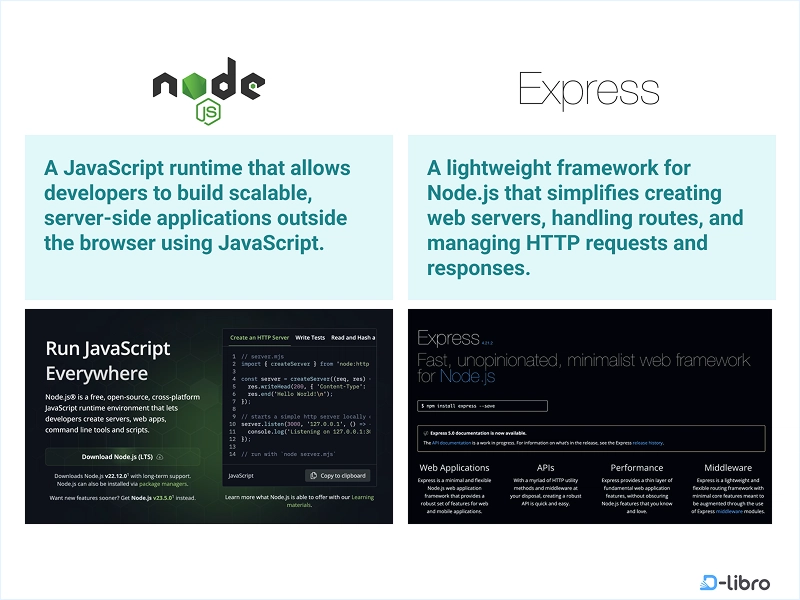












































.jpeg?#)






























































-11.11.2024-4-49-screenshot.png?width=1920&height=1920&fit=bounds&quality=70&format=jpg&auto=webp#)






















_jvphoto_Alamy.jpg?#)




.png?#)













































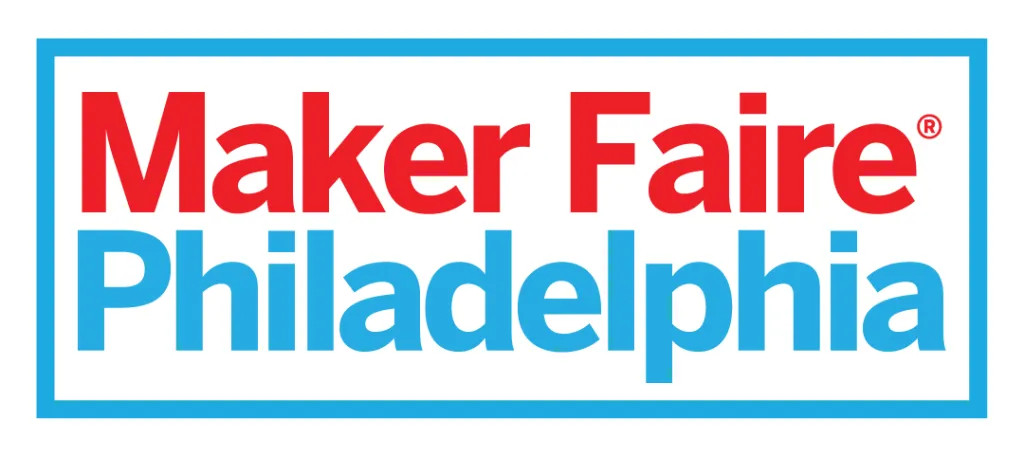





















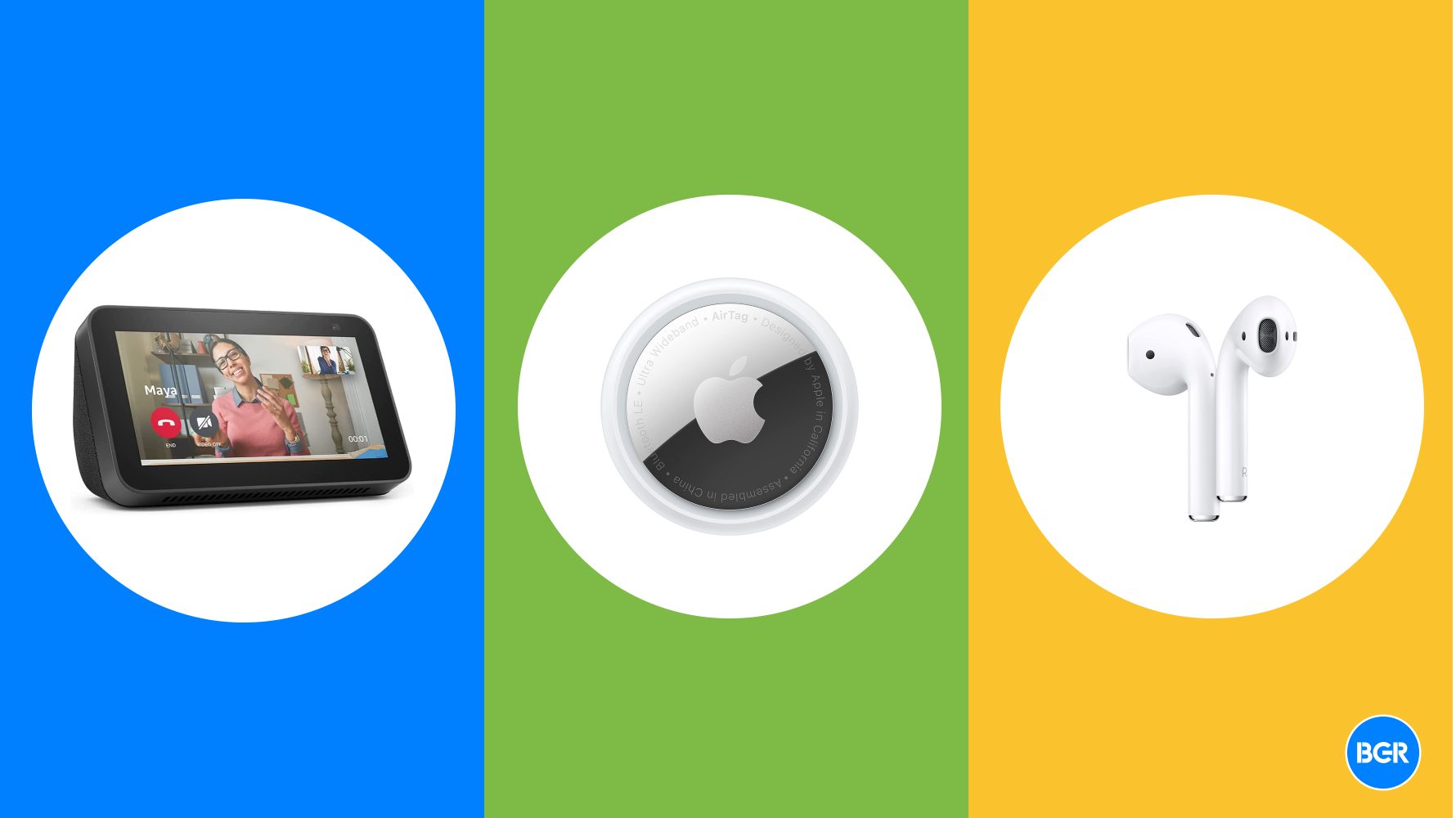









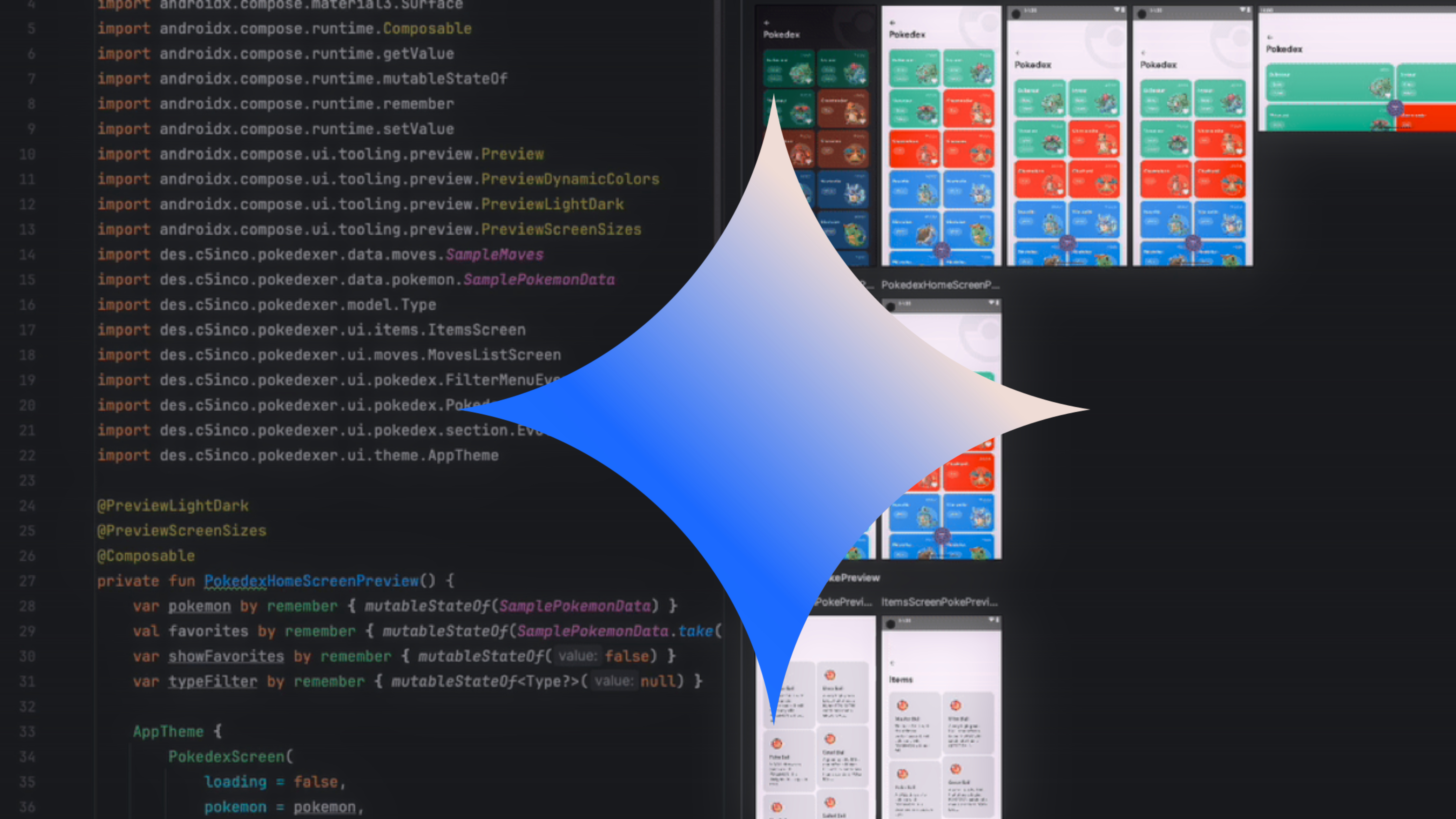
























![Apple Debuts Official Trailer for 'Murderbot' [Video]](https://www.iclarified.com/images/news/96972/96972/96972-640.jpg)
![Alleged Case for Rumored iPhone 17 Pro Surfaces Online [Image]](https://www.iclarified.com/images/news/96969/96969/96969-640.jpg)

![Apple Rushes Five Planes of iPhones to US Ahead of New Tariffs [Report]](https://www.iclarified.com/images/news/96967/96967/96967-640.jpg)














